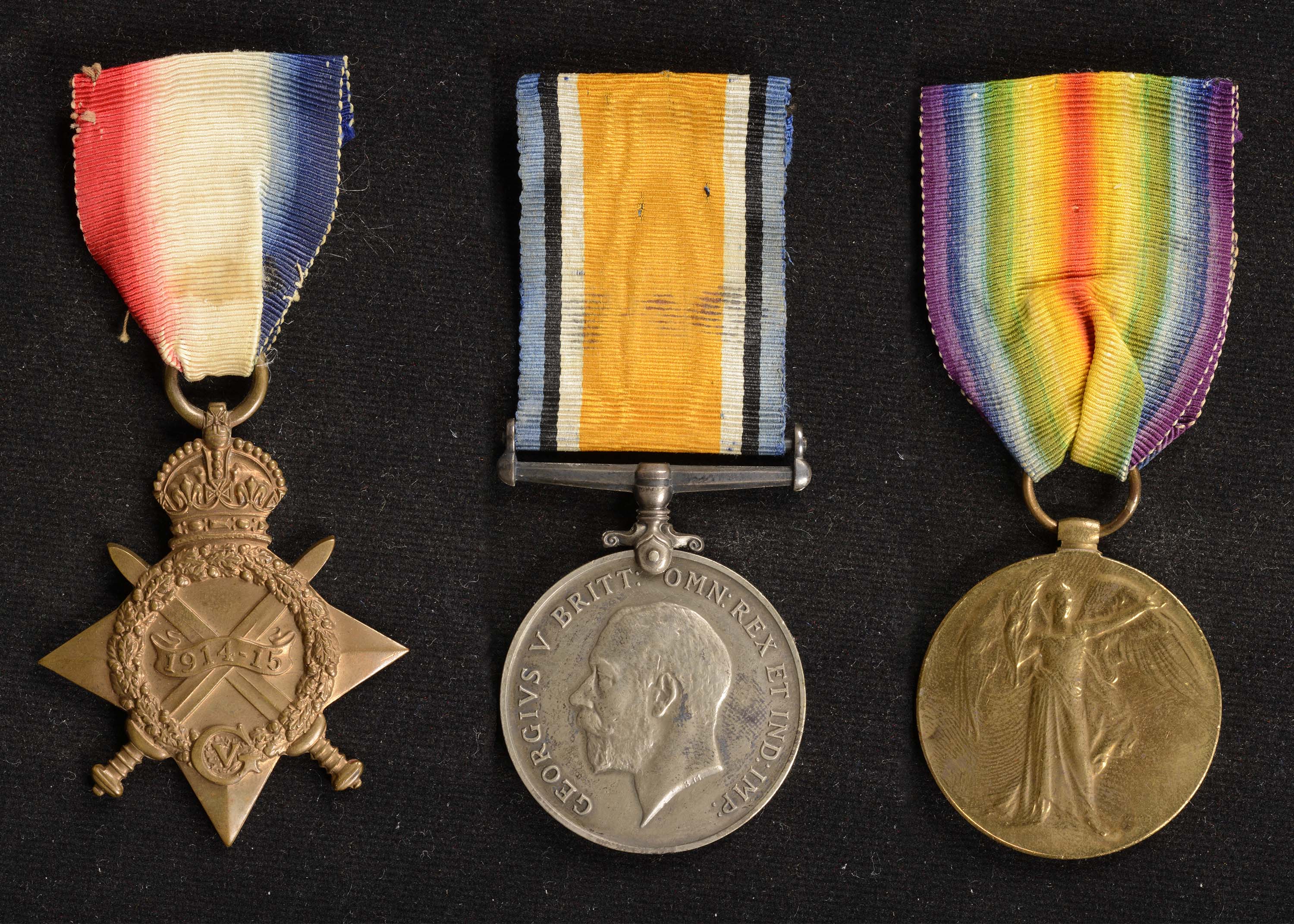

Display No. 2B
SHEPPARD, Robert James Herbert
Robert Sheppard joined the Australasian Squadron of the Royal Navy in October 1910. He trained in HMS Pioneer as an Engine Room Artificer.
At the outbreak of the First World War, Sheppard was serving in HMS Pyramus and travelled to Samoa as part of an escort for the New Zealand Naval Forces stationed there. He was then posted to the Cape of Good Hope station and served in HM Ships Challenger and Hyacinth around the Southern and Eastern Coasts of Africa. In 1916 he was invalided back to New Zealand and joined HMS Torch which was operating on the Pacific station, as part of the New Zealand Division of the Royal Navy. For the remainder of the war he served in HMS Blenheim in Europe.
After the war, Sheppard served in the minesweeper HMS Craigie in the Mediterranean, before transferring to HMS Philomel, New Zealand. He was discharged from the Navy in October 1920, having reached the rate of Chief Engine Room Artificer 2nd Class. He then embarked on a long career as a merchant seaman.
Awarded medal(s)
Medal Description [Left to Right]:
The 1914-1915 Star

The 1914-15 Star was awarded to servicemen and servicewomen who served in the First World War between 5 August 1914 and 31 December 1915 in any “theatre of war”, provided they had not qualified for the 1914 Star. This included service at Gallipoli between 25 April 1915 and 31 December 1915, service in Egypt between 5 November 1914 and 31 December 1915, and service during the capture of German Samoa on 29 August 1914. Those eligible for the medal must have “served on the establishment of a unit in a theatre of war” during the relevant dates of operations in that area. The ribbon’s red, white and blue shaded and watered bands represent the flag of the United Kingdom.
The British War Medal

The British War Medal was instituted in 1919 to recognise the successful conclusion of the First World War (1914-1918). Its coverage was later extended to recognise service until 1920, recognising mine clearing operations at sea, and participation in operations in North and South Russia, the eastern Baltic, Siberia, the Black Sea and the Caspian Sea.
The Victory Medal

The Victory Medal was awarded in the First World War to all those who had already qualified for the 1914 Star or the 1914-15 Star, and to most persons who had already qualified for the British War Medal. The Victory Medal was awarded to all New Zealand troops serving overseas, except for those who arrived in Samoa after 30 August 1914 and those serving in Great Britain only. It has a unique double rainbow ribbon.
A bronze spray of oak leaves on the medal ribbon denotes that the recipient was Mentioned in Despatches during the period that the medal recognises. To be Mentioned in Despatches a member of the armed forces has had their name mentioned in an official report, written by a superior officer, and sent to a higher command. The report would describe the individual’s gallant or meritorious action in the face of the enemy.

